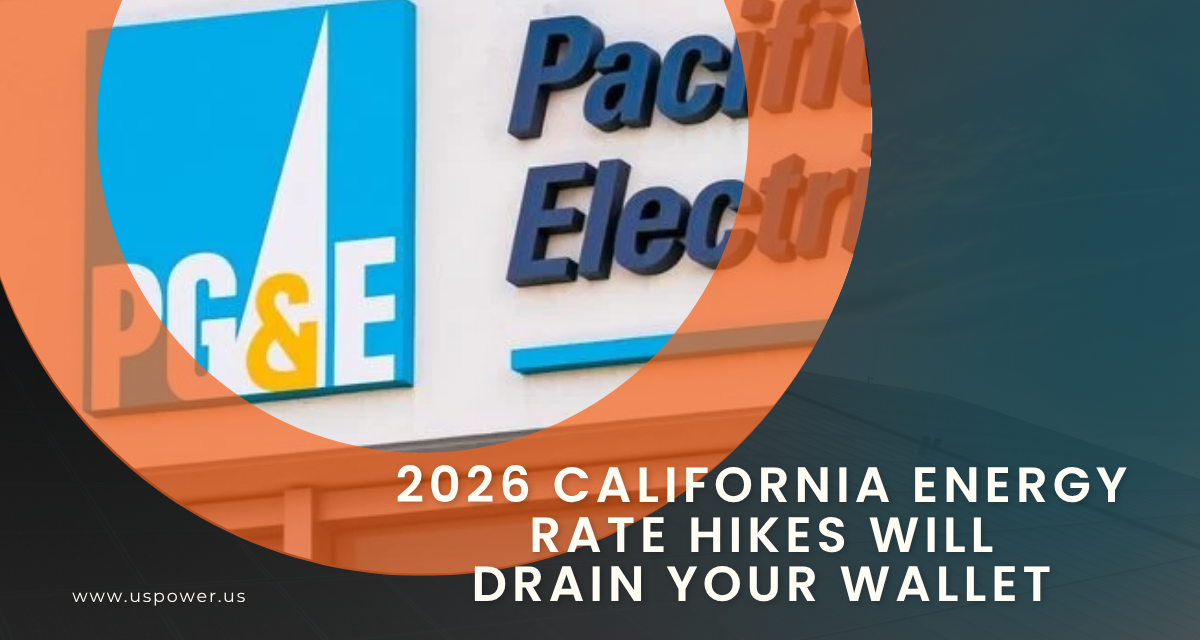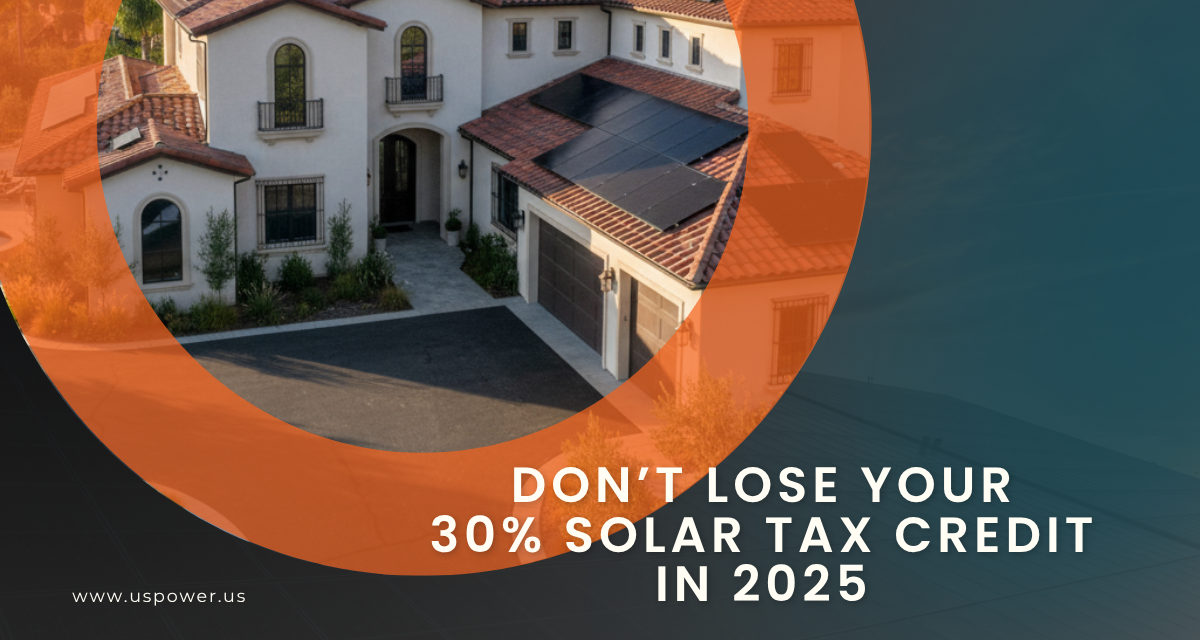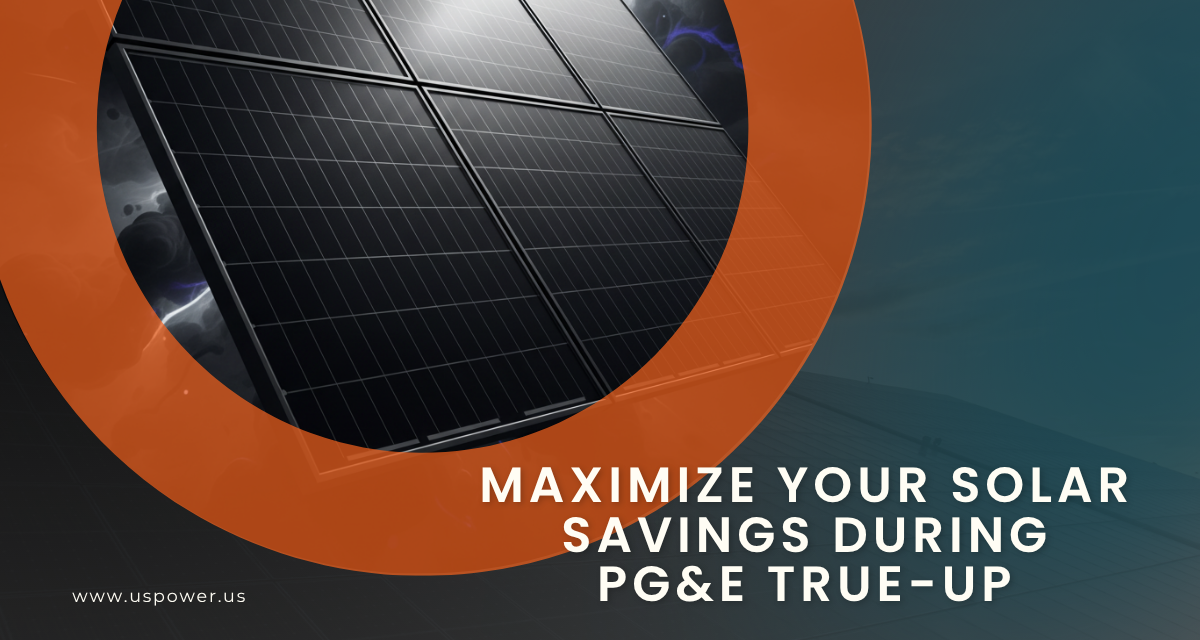Payback and ROI of Residential Solar Panels in Pasadena, CA

Solar and Roofing Advisor
Find out how much Pasadena homeowners save with solar in 2025. Learn your payback period, ROI, and why QCells panels from US Power deliver better results.
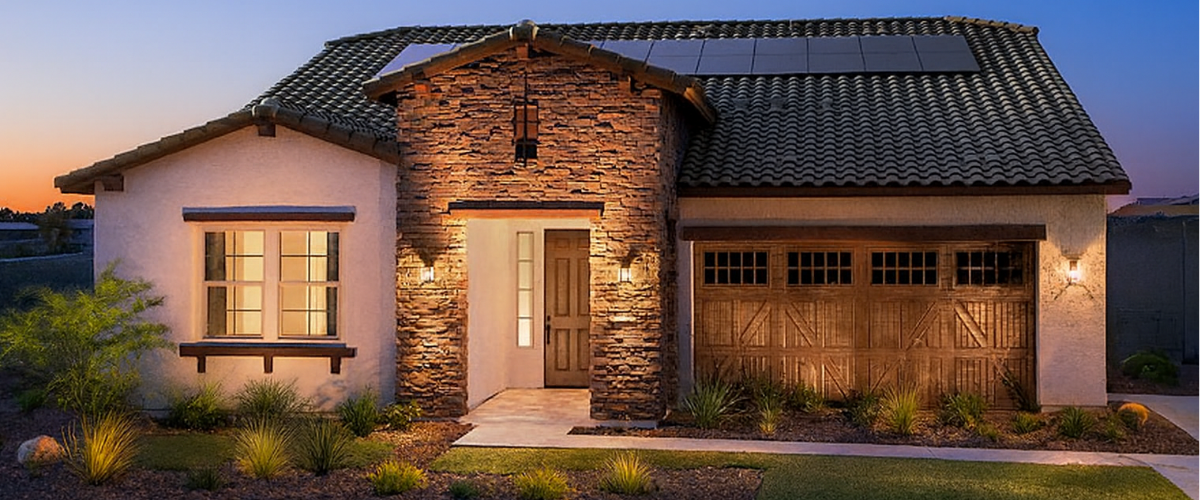
If you’re a Pasadena homeowner considering solar, there’s never been a more opportune moment. Between rapidly rising electricity rates, changing net metering rules, and soon-to-expire incentives, taking action this year means you lock in savings that could vanish in 2026.
Here at US Power, we partner with QCells to deliver high-efficiency, American-made solar panels at factory-direct pricing. That means better performance, better warranties, and a better ROI for you.
Pasadena Solar Economics: Current Facts & Numbers in 2025
To give you a clear baseline, here are recent, region-specific numbers:
| Metric | Value |
|---|---|
| Avg cost of a 5 kW residential system in Pasadena (before incentives) | ~ $11,484 |
| Cost range for that size | ~ $9,761 - $13,207 |
| Average cost per watt installed (Pasadena) | ~ $2.30/W |
| Payback period estimated (Pasadena) | ~ 7.7 years |
| California average payback (post incentives) | ~ 5–7 years, depending on utility rates and usage |
These numbers factor in major 2025 incentives, especially the 30% federal Investment Tax Credit (ITC), which applies through December 31, 2025.
What Influences Payback Period & ROI: Pasadena-Specific Factors
Not every solar installation yields the same results. Here are the levers that move the needle in Pasadena.
- Electricity Rates & Utility Structure (PWP / SCE / LADWP)
Pasadena is served by Pasadena Water & Power (PWP) for many homeowners, and utility rates are among the major cost drivers. The higher your per-kWh rates, the more your solar offsets costlier grid power and the faster your payback. - Net Metering / Net Surplus Compensation Rules
Local rules about how surplus power is credited back (when your system produces more than you use) matter a lot. Better compensation shortens payback. Pasadena’s net metering (or equivalent net surplus compensation) is favorable compared to many other regions. - System Size & Usage Pattern
Homes with higher electricity usage (e.g. AC, EV charging, electric appliances) get more benefit per watt installed. A 6 kW system on a high-usage home will pay off faster than a 4 kW system in a home with minimal usage. - Quality & Efficiency of Components
Factory efficiency, panel degradation, inverter quality all affect long-term output. US Power’s partnership with QCells gives you high-efficiency, American-made panels with strong warranties, meaning less drop-off and better ROI over 25-30 years. - Incentives, Tax Credits, and Local Rebate Programs
The 30% federal ITC is huge. Also look for state or local rebates, or programs like California’s Self-Generation Incentive Program (SGIP) which helps especially when you add battery storage. - Time of Use (TOU) Rates & Solar + Storage
With many utilities implementing TOU pricing (charging more during peak hours), solar that produces during peak times (or paired with storage to shift usage) yields more savings. Batteries cost more up front but can significantly improve ROI under new net billing or reduced export credit situations.
Likely Payback Scenarios for Pasadena Homes in 2025
Based on current costs, rates, and incentives, here are realistic payback and ROI scenarios for different homeowner profiles in Pasadena. All assume you install before the end of 2025 so you capture the 30% ITC.
| Scenario | System Size | Upfront Cost After Incentives* | Annual Savings Estimate** | Estimated Payback Period | Estimated 25-Year ROI / Savings** |
|---|---|---|---|---|---|
| Small usage home (basic AC, moderate usage, no EV) | 4-5 kW | ~$8,000-$10,000 | $1,100-$1,400 per year | ~ 7-9 years | ~$30,000-$45,000 |
| Medium usage home (AC, EV charger, higher usage) | 6-7 kW | ~$12,000-$15,000 | $1,800-$2,500 per year | ~ 5-7 years | ~$50,000-$70,000 |
| High usage / peak demand (EV + battery storage + heavy AC) | 8-10 kW (+ battery) | ~$18,000-$25,000 | $2,800-$3,800+ per year | ~ 4-6 years | $70,000-$100,000+ |
* After applying ITC & other rebates.
** Based on current electricity rates in Pasadena & annual rate increases (assume ~ 3-5% per year).
In particular, homes that consume more electricity (EVs, high AC usage) and/or add storage tend to see a payback toward the lower end (4-6 years) when all conditions are favorable. Homes with modest consumption may see 7-9 years, but still a solid long-term ROI.
What Happens If You Wait: Post-2025 Incentives & Risks
- The 30% federal tax credit (ITC) is set to expire December 31, 2025. After that, residential solar loses a major incentive, meaning payback periods will lengthen, potentially by 1-3 years or more under current cost & usage patterns.
- Ongoing changes in net billing / net metering (e.g. NEM 3.0) are reducing compensation for exported power. Homes that rely heavily on sending surplus energy to the grid will not see as favorable returns unless they pair with battery storage.
- Electricity rates continue to rise in Southern California. While that makes solar more attractive, it also means that delaying installation means you're paying higher utility rates in the meanwhile—losing opportunity cost.
Why Choosing QCells and US Power Makes a Difference
- Factory-direct pricing: Lower cost for you because we source panels directly from the manufacturer, avoiding markups.
- High efficiency & panel durability: QCells panels have among the best efficiency ratings and warranties (25+ years), meaning less degradation and more stable output, boosting long-term savings.
- Local expertise: We know Pasadena, its permitting rules, rooftops, shade issues, utility rates & net compensation rules. That cuts down hidden costs & delays.
- Financing options: We work with financing plans and know how to structure proposals so you fully maximize available incentives.
ROI After 25-30 Years: What Your Lifetime Savings Could Look Like
Assuming you install now, maintain your system well, and operate under current utility / incentive rules, here’s what you can expect over a full lifetime:
- Energy savings could add up to $30,000-$100,000+, depending on system size and usage.
- Return on investment (annualized) could average 15-30%+ in high usage + storage scenarios; more modest homes might see 10-20%.
- Payback in most scenarios will occur well within 10 years, often in 5-7 or fewer.
Secure Your Solar Payback Before Key Deadlines
Don’t wait until it’s too late. With the 30% federal tax credit expiring at the end of 2025, every month you delay adds to your payback time and reduces your overall ROI.
Contact US Power today for a free, no-obligation solar savings estimate. We’ll model your exact usage, roof design, and local utility rates using QCells panels to show you:
- Your unique payback period
- Estimated 25-year savings
- Best design options to maximize ROI (with or without storage)
Solar in Pasadena in 2025 is not just an environmentally smart decision—it’s a financially smart one. With factory-direct QCells panels, current incentives, high local electricity rates, and your home’s usage profile, you can expect payback periods often between 4-9 years, and strong lifetime returns over $30,000-$100,000+ depending on your setup.
Act before the end of 2025 to maximize the 30% federal tax credit and lock in your savings.
Book an appointment with our Solar Consultant and let’s design your ideal solar system today.
Start saving on your electricity bills—while increasing your home value and reducing your carbon footprint.
Related Articles
Our Related Blogs
Save on energy bills before rates rise in 2026. Go solar now with US Power!
Stay compliant and protect your solar tax credit with reliable solar consultants.
QCells Solar Panels + Powerwall maximum solar savings. PG&E true-up explained.
Our Solar and Roof Brand Partners








We empower communities and businesses to harness clean, renewable solar energy solutions that drive sustainable growth.
Ready to Own Your Power? Call us today!
818-650-8010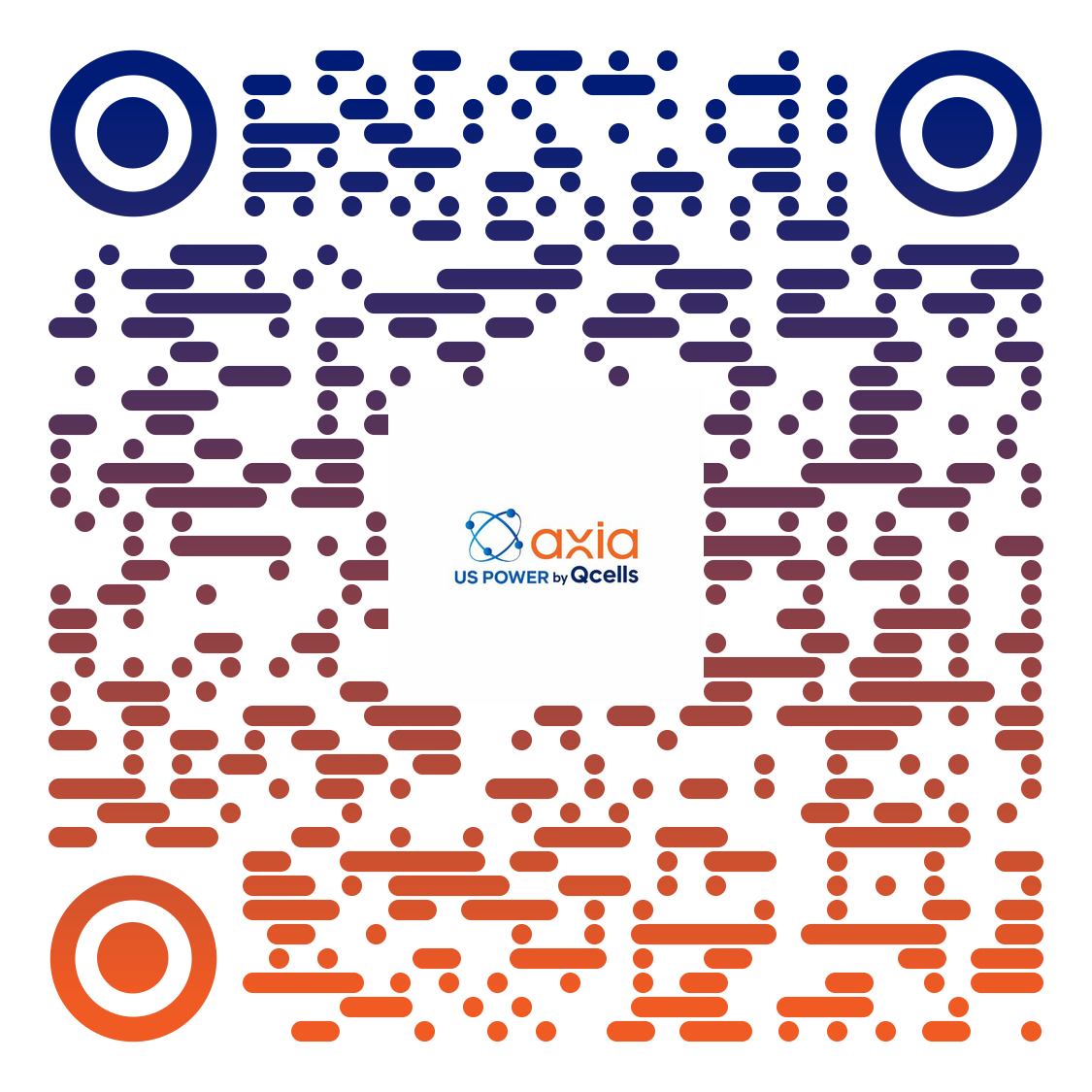
Copyright © 2025 US Power - Axia by QCells. All Rights Reserved.
Privacy is important to us, so you have the option of disabling certain types of storage that may not be necessary for the basic functioning of the website. Blocking categories may impact your experience on the website.
Essential
These items are required to enable basic website functionality.
Personalization
These items allow the website to remember choices you make (such as your user name, language, or the region you are in) and provide enhanced, more personal features.
Marketing
These items are used to deliver advertising that is more relevant to you and your interests.
Analytics
These items help the website operator understand how its website performs, how visitors interact with the site, and whether there may be technical issues.
We and our third-party partners use cookies and other technologies to enhance and track your experience on this site, conduct analytics, and personalize marketing to you. By using the site, you agree to our use of these technologies, including recording and monitoring your interactions with the site.
Get an instant solar estimate using satellite!




